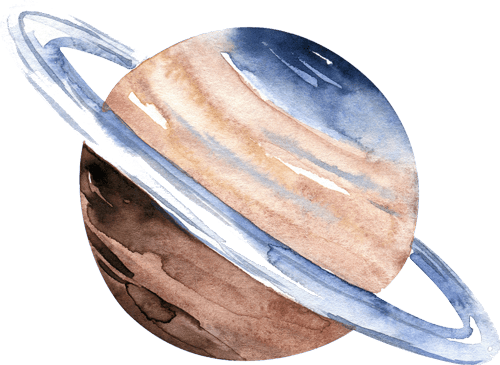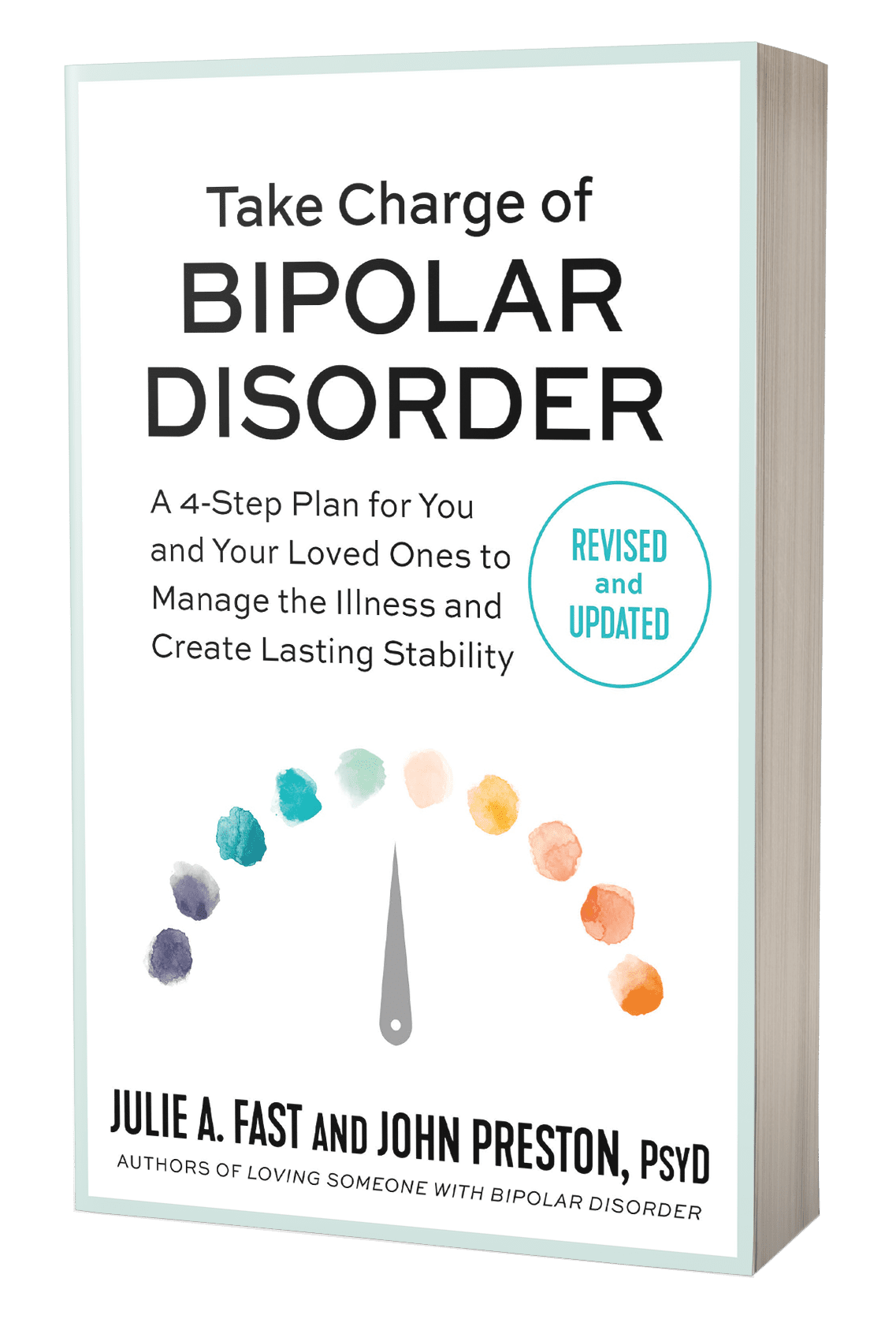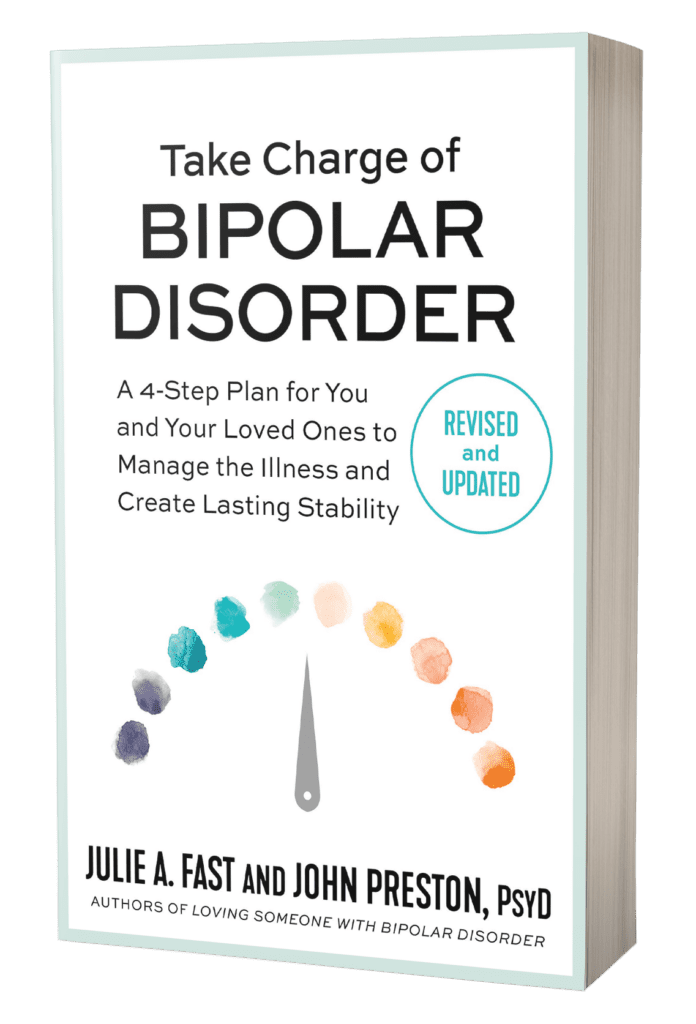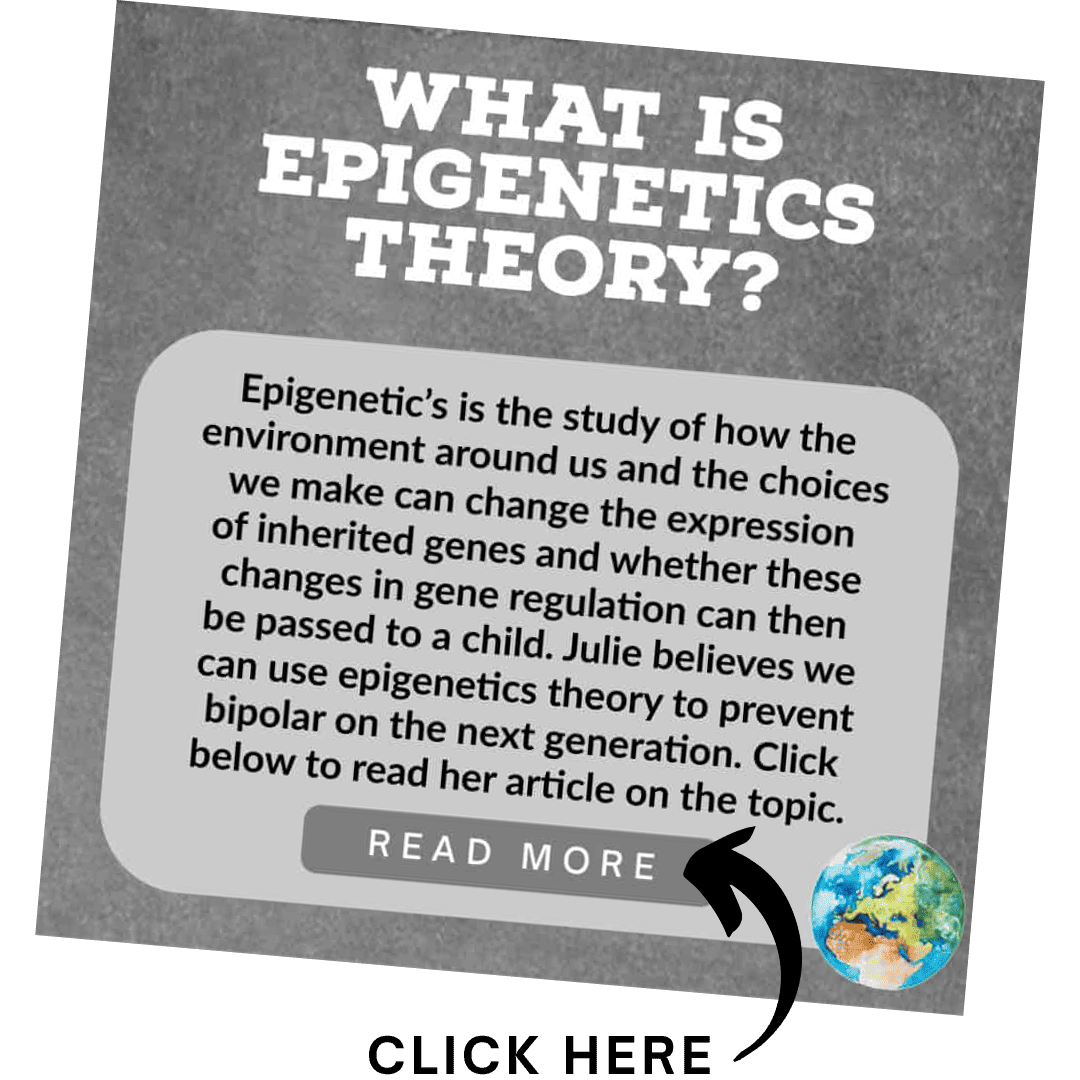

WELCOME TO THE JULIE A. FAST RESEARCH PAGE
Julie A. Fast started her bipolar disorder research in 1994 after her partner Ivan was diagnosed with bipolar disorder and she was then diagnosed with bipolar disorder in 1995. There were no management books on the market at the time and the main way of managing bipolar disorder was medications and hope. This plan wasn’t enough for Julie or Ivan and she decided something had to change. She taught herself all she could about bipolar disorder and was quite surprised at the lack of information on how to manage the illness if the medications were not enough. This led to her creating the management plan now used around the world to manage bipolar disorder.
From 1995 until today, Julie has continued on her quest to figure out this complicated illness so that it can be treated and managed today and prevented in the next generation.
She helped raise her nephew David with full knowledge of the genetic nature of bipolar disorder and now works with families around the world who want to use her research to prevent bipolar disorder from taking hold of their children.
Julie will continue to share her research on this page and will soon offer workshops on how to prevent bipolar disorder in the next generations.
Please note that all of Julie’s work is reviewed by three or more colleagues including Dr. John Preston, Dr. Jim Phelps and Dr. Jay Carter for her most recent book Take Charge of Bipolar Disorder. Her work is also vetted through her publishing companies by independent medical reviewers before publication.

Julie’s new book, the second edition of Take Charge of Bipolar Disorder includes her latest research on:

The Bipolar Disorder Significant Seven
Julie spent the past 20 years researching substances that can negatively affect the bipolar brain. She tested her work for ten years with many tens of thousands of people throughout the world and now has the research in a book that you can use for your own health as well as the health of family members who have bipolar in their family tree. You can read an excerpt below and order Take Charge of Bipolar Disorder to learn more about the list and how you can use Julie’s research to prevent mood swings.

How to recognize mania in the eyes
Julie has been the only person researching this topic for many years. Her articles on the topic have millions of views and she believes that we will one day scan our eyes for mania and other bipolar disorder symptoms. Julie shares her 25 years of mania in the eyes research in the What is Bipolar Disorder? chapter of Take Charge of Bipolar Disorder.

How to use the concept of epigenetics to prevent bipolar disorder in the next generation
Epigenetics is the study of how the environment around us and the choices we make can change the expression of inherited genes and whether these changes in gene regulation can then passed to a child. Julie has seen first hand how managing our environment can reduce the severity of bipolar and in some cases prevent bipolar disorder in the next generation and wants to share this knowledge with anyone who has bipolar disorder in their family tree. You can do the same in your family by using Julie’s research from The Bipolar Significant Seven as well as her workshops on talking with kids about the brain and the role bipolar plays in your family.
Bipolar disorder can occur naturally as it did for Julie or can be ‘switched on’ by a substance known to create mania such as an antidepressant. Julie believes we can manage bipolar disorder in offspring by preventing the known triggers of latent bipolar disorder with an emphasis on substances that create mania. You can read about Julie’s Bipolar Significant Seven list in Take Charge of Bipolar Disorder and read more about epigenetics from Julie’s Health Central article What is Epigenetics Theory?



Julie's
Bipolar Disorder Research Protocol
Bipolar disorder and psychotic disorder research is unique due to the episodic and lifelong natures of these disorders. Research around the brain needs time… these illnesses can come and go. They are genetic illnesses and yet are also very impacted by the environment. Julie suggests the following protocol for researchers as well as those who read the latest research on the brain.

If the research is less than a year, it’s not long enough to account for the episodic nature of bipolar disorder
Look for research that is at least three years with a large subject group.

There needs to be a non medicated group of people with bipolar disorder as a control group
Comparing a group of people with bipolar disorder who are on medications with a group of people who don’t have bipolar is not effective research. Medications skew all bipolar research unless the research is about medications.

Make sure the research is international
If not, the research will be skewed towards western culture including western diet. For example, bipolar is the same in Japan as in the western world, but the diet and lifestyle are profoundly different. Research needs to have a sample size from as many cultures as possible to truly test a theory about bipolar disorder.

Make sure the research is bipolar specific
Research into depression, anxiety, ADHD or psychosis for example is not applicable to bipolar disorder unless the subject matters have bipolar disorder. As you will learn from Julie’s work, people with bipolar disorder don’t have depression, they have bipolar depression. They don’t have anxiety, they have bipolar anxiety. It’s the same with all bipolar symptoms. All bipolar disorder symptoms can move into mania without appropriate treatment. This is especially true when researching medications or the new technology based devices that are marketed to help depression, focus and or anxiety. Bipolar disorder is a mania illness. It is the only illness with naturally occurring mania and for this reason, mania must be taken into account for all brain research that wants to address bipolar disorder.

Avoid N=1 stories
N=1 represents a personal story and can’t be taken as research. If someone had a remarkable outcome in their personal life and then shares this as research that others can use safely, be careful and avoid all claims from this N=1 approach. This is why learning about bipolar disorder from social media is problematic. N=1 is entertaining, but unless the information is replicated using the first three suggestions on this list, it’s not research.


Book excerpt from the Bipolar Significant Seven chapter in Take Charge of Bipolar Disorder
Take Charge was the first bipolar disorder management book and is still the gold standard for those who want to learn how to manage bipolar disorder symptoms. The book’s audience includes those with bipolar, family members, friends, partners and health care professions. Click here to read more about the book and read an excerpt.
The second edition is now available. Along with Julie’s treatment and management plan, the new edition includes her research on mania in the eyes, ketogenic metabolic therapy for bipolar and her Bipolar Significant Seven list on substances that negatively affect the bipolar brain.
EXCERPT FROM TAKE CHARGE OF BIPOLAR DISORDER
Good Intentions, Bipolar Results
It’s essential that you become a bipolar brain detective who investigates anything you put in and on your body to check for bipolar disorder safety. This is one of the most natural and inexpensive ways to prevent mood swings. You can be kind to yourself for being human and wanting to use substances to feel better and at the same time focus on finding relief in a way that doesn’t make your bipolar disorder worse. Your good intentions don’t have to create bipolar disorder results. You can address your very human needs in a way that maintains stability. Here are the categories in The Bipolar Significant Seven:
1. Stimulants
2. Hormones
3. Steroids
4. Prescribed Medications
5. Hallucinogenics
6. Supplements
7. Social drugs
The vast majority of the items in these categories have legitimate uses. The list is educational and intended for you, your loved ones, and your health care team to explore together. The substances on the Bipolar Significant Seven affect the neurotransmitters that affect the bipolar brain including serotonin, dopamine, norepinephrine, GABA, and acetylcholine. Once you have the information on how a substance might affect bipolar disorder, you can make a decision on whether to avoid or use a substance with care.
You Have a Bipolar Disorder Brain
Substances on The Bipolar Significant Seven list can be natural or synthetic. Your bipolar brain doesn’t differentiate between the two. Any substance on the list whether it be naturally grown or synthetically created can affect your bipolar brain by affecting brain chemistry. Health care professionals including western-based and natural-based professionals rarely have training on how these substances affect the bipolar brain. It might be the first time they see the list as well. You can learn about it together. You will need to be discerning when reading product marketing that claims a substance is great for depression, anxiety, focus problems, pain, muscle growth, or getting better sleep. You will very likely have to carefully wade through advice about substances from well-meaning friends and family who want you to “treat bipolar disorder naturally” without understanding the sensitive nature of your bipolar brain. Accepting this sets you free to see substances as potentially helpful for you, but only after you do the research into their safety for bipolar disorder.
Under each category there is a suggestion to either avoid the substance or use the substance with caution along with a plan to manage bipolar disorder symptoms. This usually includes talking with a bipolar disorder professional for guidance. Never forget, you decide what goes in and on your body. You can approach this chapter with the spirit of discovery. No one decides this for you. When you understand how substances affect your bipolar brain, you can make bipolar safe decisions and do what works for you.






